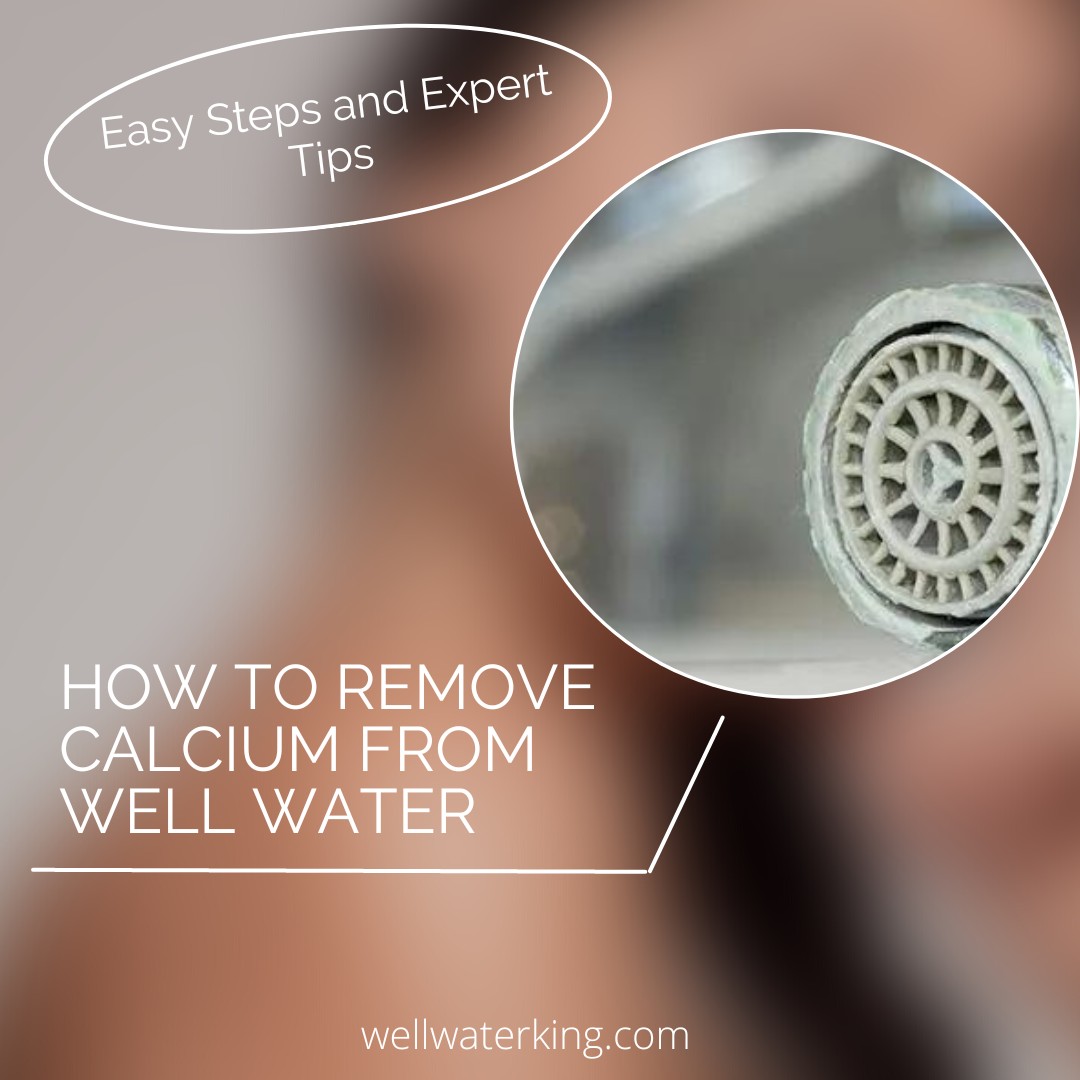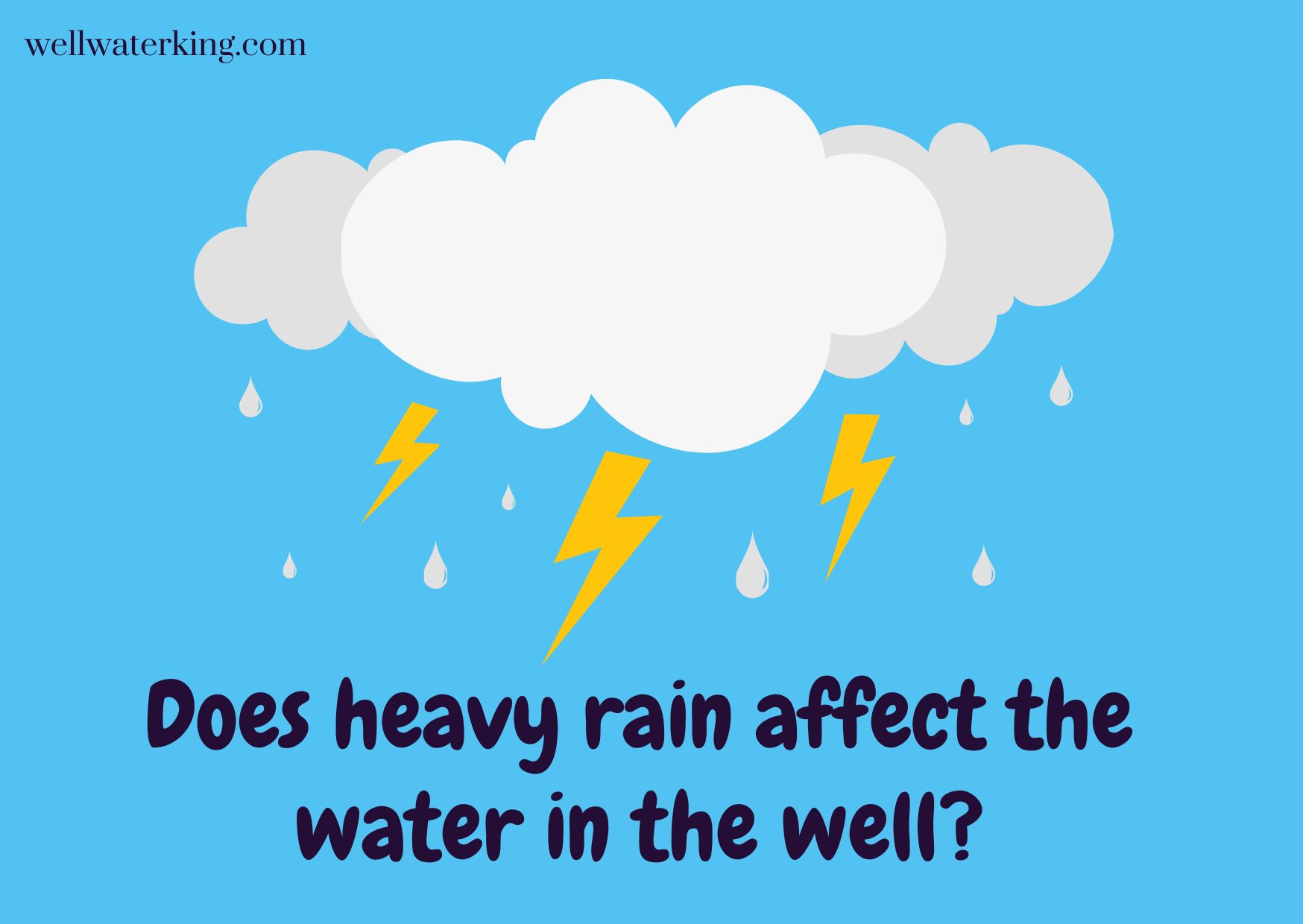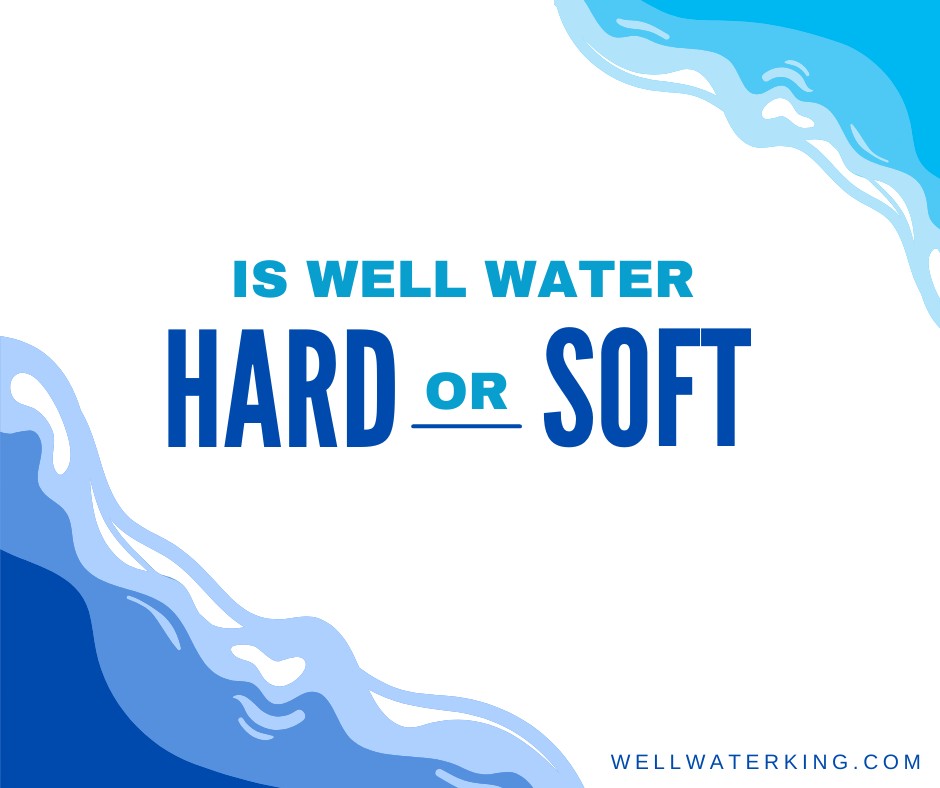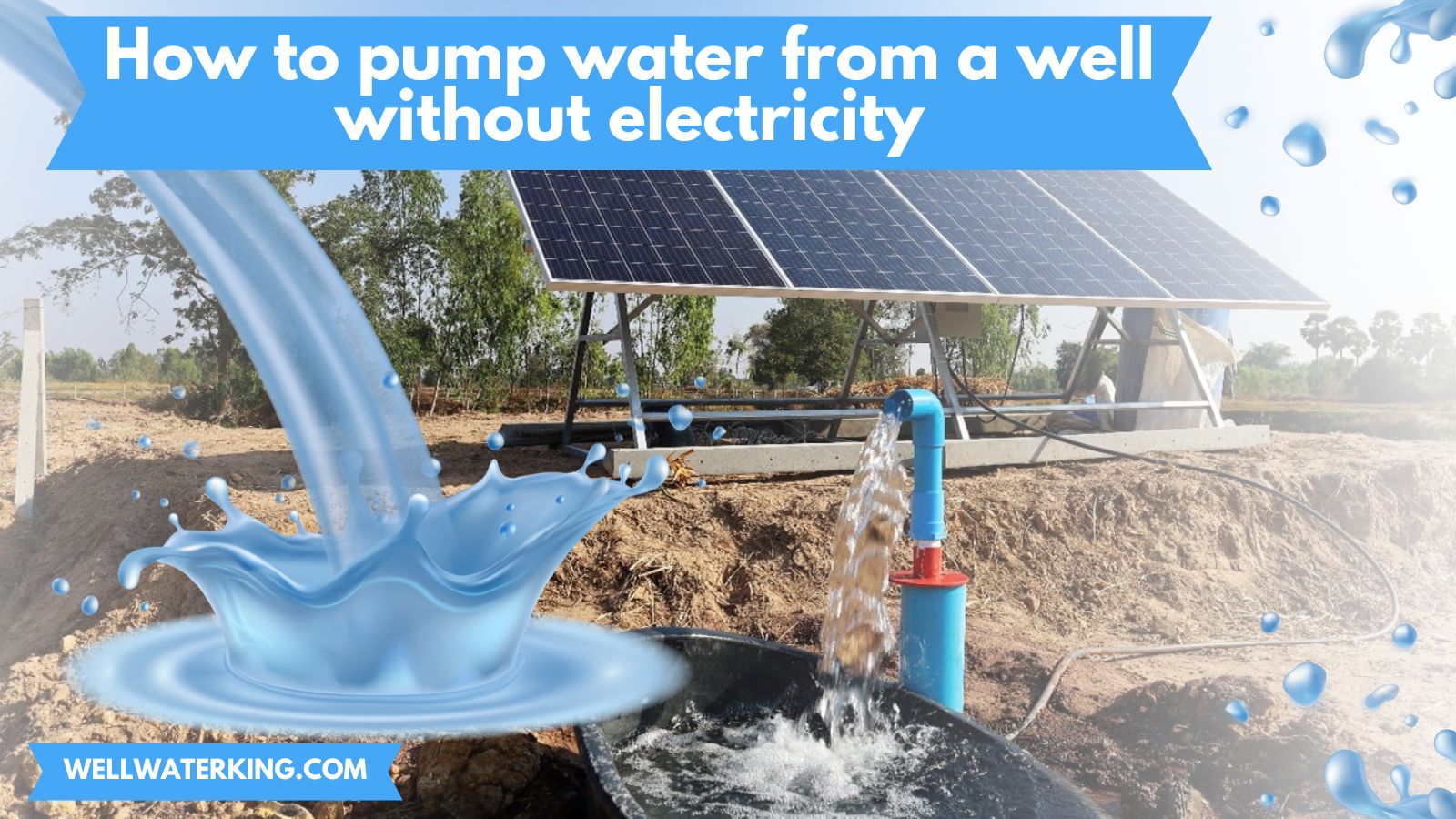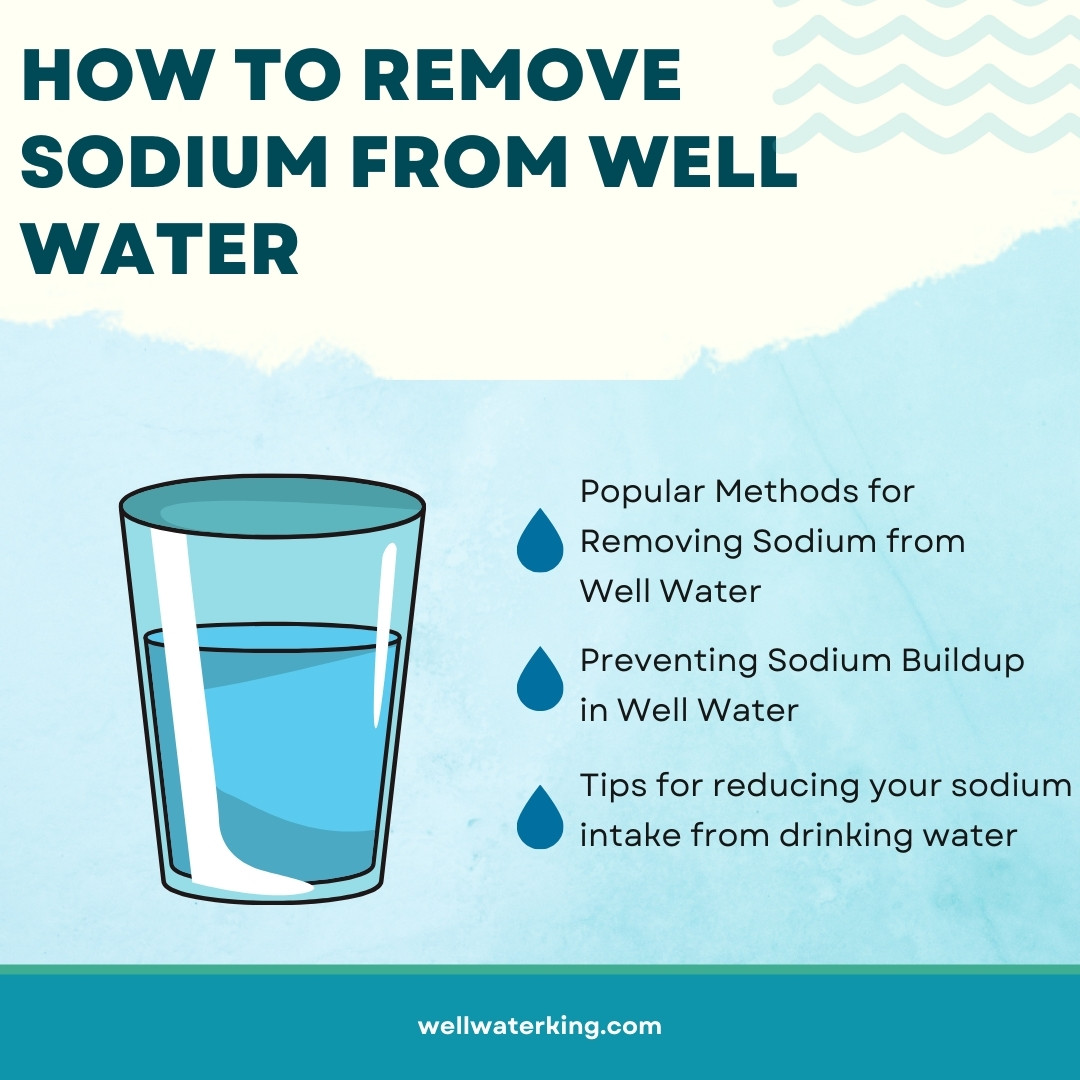Calcium buildup in your well water is a common issue that affects many households. While calcium is an essential mineral for our health, an excess of it in our water can cause problems like hard water, mineral buildup in pipes and appliances, and unsightly stains on plumbing fixtures. You may have experienced the chalky residue left behind on your dishes, the frustration of trying to create a good lather with soap, or the inefficiency of your water heater due to scale buildup. If these issues sound familiar, it’s time to tackle the calcium in your well water.
In this blog post, we’ll guide you through the process of identifying and removing excessive calcium from your well water. We’ll explain the reasons behind calcium accumulation, the impact it can have on your water quality and household appliances, and the best methods to address the issue. From water softeners and reverse osmosis systems to distillation and preventive measures, we’ll present a comprehensive approach to tackling calcium buildup. Are you ready to enjoy cleaner, softer water in your home?
What Causes Calcium Accumulation in Well Water?
As a well water expert, I can tell you that calcium accumulation in well water is primarily a natural occurrence, rooted in the geology of the earth. Let me give you an in-depth look into this process.
When rainwater falls to the ground, it is naturally acidic due to the presence of dissolved carbon dioxide. As this water percolates through the soil and rocks, it comes into contact with minerals such as calcium carbonate (found in limestone and chalk) and calcium sulfate (found in gypsum). The acid in the rainwater reacts with these minerals, dissolving them and causing the calcium to leach into the groundwater. This process is a key part of the natural water cycle and contributes to the calcium content of well water.
The amount of calcium in well water can vary greatly depending on factors like the local geology, the depth of the well, and the route the water takes as it travels underground. If your well taps into an aquifer that flows through calcium-rich rock formations, it will likely have a higher calcium concentration.
Keep in mind that calcium accumulation is not always a bad thing. Calcium is an essential mineral for our health, playing a crucial role in bone and teeth formation, blood clotting, and nerve transmission. The problem arises when there is an excessive amount of calcium in the water, which can lead to issues like hard water, scale buildup, and reduced appliance efficiency.
In summary, calcium accumulation in well water is a natural result of the water’s interaction with the earth’s minerals. The key is to find the right balance so that you can enjoy the benefits of calcium without the negative effects of hard water.
Effective Techniques for Calcium Removal
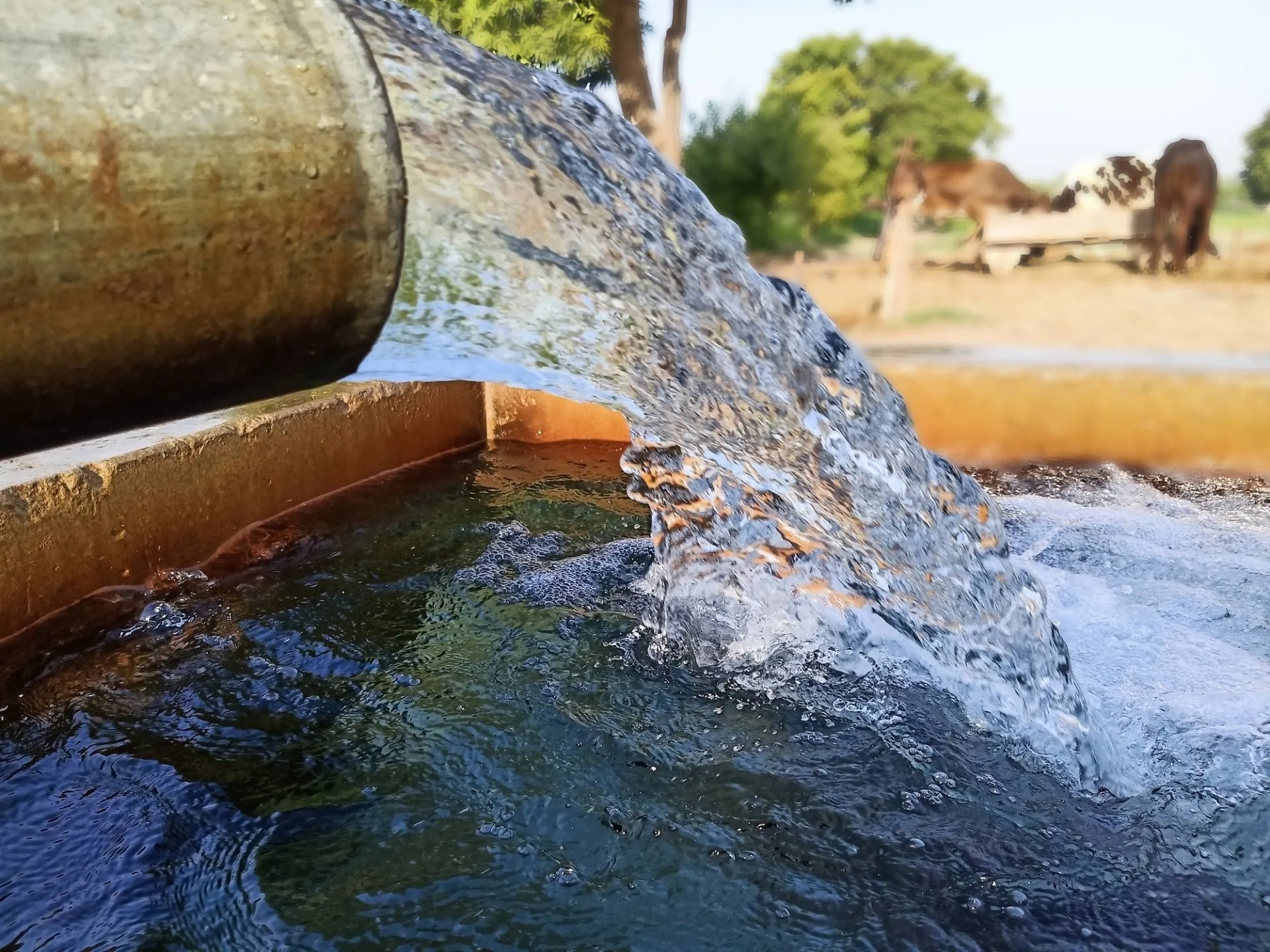
1. Water Softeners Water softeners are one of the most popular methods for removing calcium from well water. These devices use a process called ion exchange to replace calcium ions with sodium ions, thus softening the water.
- How it Works: Water softeners contain resin beads that are coated with sodium ions. As hard water flows through the resin, the calcium ions are attracted to the beads and replaced by sodium ions.
- Maintenance: The resin beads need to be recharged periodically with a brine solution to restore the sodium ions. This process, called regeneration, typically happens automatically every few days or weeks, depending on the hardness of your water and your water usage.
- Pros: Effective, easy to install, improves water taste and soap lathering.
- Cons: Adds sodium to water, needs regular maintenance.
2. Reverse Osmosis (RO) Systems Reverse osmosis systems are highly effective at removing calcium and other contaminants from well water.
- How it Works: RO systems force water through a semipermeable membrane, which filters out calcium and other dissolved solids. The purified water is collected in a storage tank, while the concentrated waste water is discarded.
- Maintenance: The membrane and filters should be replaced periodically according to the manufacturer’s recommendations.
- Pros: Removes a wide range of contaminants, provides very pure water.
- Cons: Slower than other methods, wastes some water.
3. Distillation Distillation is a process of boiling water and then condensing the steam to obtain pure water.
- How it Works: As water boils, it turns into steam, leaving calcium and other minerals behind. The steam is then cooled and condensed back into water, which is collected in a separate container.
- Maintenance: The distillation unit should be cleaned regularly to remove mineral buildup.
- Pros: Provides very pure water, no chemicals or additives required.
- Cons: Energy-intensive, slow, not suitable for large volumes.
4. Chelation Chelation involves adding chemicals called chelating agents to water, which bind to calcium ions and prevent them from forming scale.
- How it Works: Chelating agents, such as EDTA or citric acid, form stable complexes with calcium ions, preventing them from reacting with other minerals and forming scale.
- Maintenance: Regular addition of chelating agents is required, especially in areas with very hard water.
- Pros: Effective for scale prevention, can be used in conjunction with other methods.
- Cons: Does not remove calcium from water, just prevents scale formation.
5. Magnetic or Electronic Water Descalers These devices use electromagnetic fields to alter the behavior of calcium ions, making it harder for them to form scale.
- How it Works: As water flows through the magnetic or electronic field, the calcium ions’ charge and structure are temporarily altered, reducing their ability to stick to surfaces and form scale.
- Maintenance: Minimal maintenance required, just ensure proper installation and operation.
- Pros: Easy to install, no chemicals or salt required.
- Cons: Effectiveness varies, does not remove calcium from water.
Each of these methods has its pros and cons, so it’s essential to consider factors like your water hardness, budget, and specific needs when choosing a calcium removal technique. Keep in mind that combining multiple methods can provide better results and help you achieve the perfect water quality for your home.
How to Identify Excessive Calcium in Your Well Water?
1. Visual Inspection: Excessive calcium in your water can cause noticeable changes:
- Cloudy or Milky Water: Hard water can sometimes appear cloudy or milky due to the high mineral content.
- Scale Buildup: Look for white, chalky deposits on faucets, showerheads, and appliances.
- Stains: Hard water can leave stubborn stains on glass, dishes, and porcelain surfaces.
2. Taste and Lathering Issues: Another indicator of high calcium levels in your well water might be a chalky or metallic taste. You may also notice that soap and shampoo do not lather as well as they should.
3. Water Hardness Test Kits: You can use a water hardness test kit to measure the calcium levels in your water. These kits are readily available online or at home improvement stores and usually come in the form of test strips or liquid drops.
- Test Strips: Dip the test strip into a water sample and wait for it to change color. Compare the color to the provided chart to determine your water’s hardness level.
- Liquid Drops: Add drops to a water sample until the color changes. The number of drops required indicates your water’s hardness level.
4. Professional Water Testing: For a more comprehensive and accurate analysis, consider hiring a professional to test your water. They can measure the calcium concentration in parts per million (ppm) or grains per gallon (gpg) and provide a detailed report on your water quality.
Note: Generally, water with more than 60 ppm (3.5 gpg) of calcium is considered hard. If your calcium levels exceed this threshold, it’s advisable to implement calcium removal methods to improve your water quality.
How Often Should You Test Your Well Water for Calcium?
There are no legal requirements for private well owners to test their water for calcium levels. However, experts generally recommend testing for calcium hardness around once per year as a useful guideline for maintaining your well and identifying potential problems. Here are some tips on testing frequency:
- If you’ve recently installed a calcium removal system: After installing a water softener or any other system designed to remove calcium from your well water, it’s essential to test your water to ensure the system is working effectively.
- If you notice symptoms of hard water: If you start seeing scale build-up on your faucets, showerheads, or appliances, or if you experience a metallic or chalky taste in your water, it’s time to test your water for calcium.
- If there are changes in the land use near your well: If there is new construction or agricultural activity near your well, it could impact your water quality. It’s a good idea to test your well water in such cases.
- If you’re experiencing plumbing issues: If you’ve had plumbing issues, such as reduced water flow or frequent clogs, it could be due to calcium build-up in your pipes. A water test can confirm if calcium is the culprit.
- Consider seasonal testing: Calcium levels can fluctuate seasonally, so testing both in spring and fall can help identify patterns.
Getting your well water tested for calcium hardness on a regular basis provides useful data and ensures your water softening treatment is keeping up with calcium levels. Tracking hardness over time also allows you to identify any concerning upward trends and intervene early.
Preventive Measures to Reduce Calcium Accumulation
Preventing calcium accumulation in your well water involves a combination of regular maintenance and proactive measures. Here are some strategies to help you reduce calcium buildup and avoid the problems associated with hard water:
- Maintain your water softener: If you have a softener, be diligent about salt refills, resin bed cleaning, and annual servicing to maximize hardness removal.
- Adjust water softener settings: Work with a professional to adjust softener cycle times and salt dose based on your actual water usage and hardness levels. This optimizes efficiency.
- Install a water softener: If you don’t have one already, install a properly sized whole-house water softener to actively remove calcium and prevent buildup.
- Use Filtered Water for Appliances: If you have appliances that are particularly susceptible to scale buildup, such as coffee makers or dishwashers, consider using filtered water instead of hard water.
- Use an alternative point of use system: Reverse osmosis or distillers for drinking water can help reduce calcium ingestion.
- Replace old pipes: Piping that’s scaled-up can slowly leach more calcium. Upgrading to PEX or PVC piping removes this source.
- Insulate hot water pipes: Preventing heat loss means you’ll get hot water with less flushing, reducing calcium deposits.
- Flush water heater annually: Draining several gallons flushes scale-causing minerals from the tank.
- Protect Your Well from Surface Contamination: Make sure your well is properly sealed and protected from surface runoff, which can introduce contaminants that might contribute to calcium buildup.
Bottom Line
In conclusion, managing calcium accumulation in well water is essential to ensure your water is safe, tastes good, and doesn’t damage your plumbing and appliances. While calcium is a natural mineral that finds its way into well water through the earth’s geological processes, excessive levels can lead to hard water issues such as scale buildup, soap scum, reduced water flow, and appliance inefficiency.
To identify excessive calcium in your well water, look out for signs such as cloudy or milky water, scale buildup, stains, taste and lathering issues, or use water hardness test kits or professional water testing services. Testing your well water for calcium should be done at least once a year, or more frequently if you notice symptoms of hard water, changes in the land use near your well, or if you experience plumbing issues.
Effective techniques for calcium removal include water softeners, reverse osmosis systems, distillation, chelation, and magnetic or electronic water descalers. Each method has its pros and cons, so consider your water hardness, budget, and specific needs when choosing a solution.
Preventive measures to reduce calcium accumulation include maintaining your well and plumbing system, installing a water softener or descaler, using water treatment chemicals, regularly cleaning appliances and fixtures, using filtered water for appliances, protecting your well from surface contamination, managing water usage, and using soft water detergents.
Regular testing, maintenance, and preventive measures are crucial to ensure your well water remains clean, soft, and free of excessive calcium. By following these steps, you can enjoy the benefits of healthy, high-quality water in your home.

